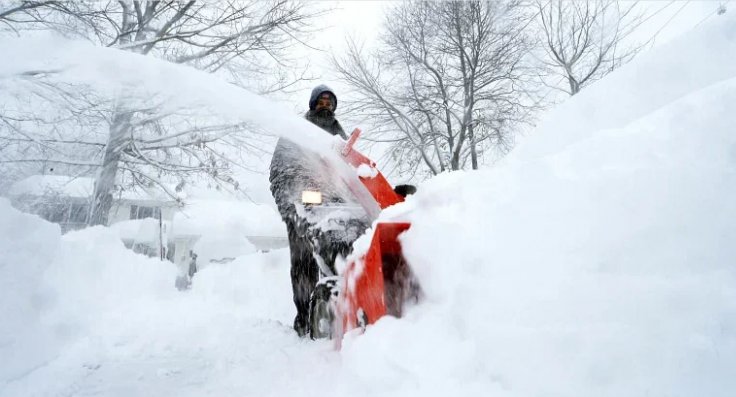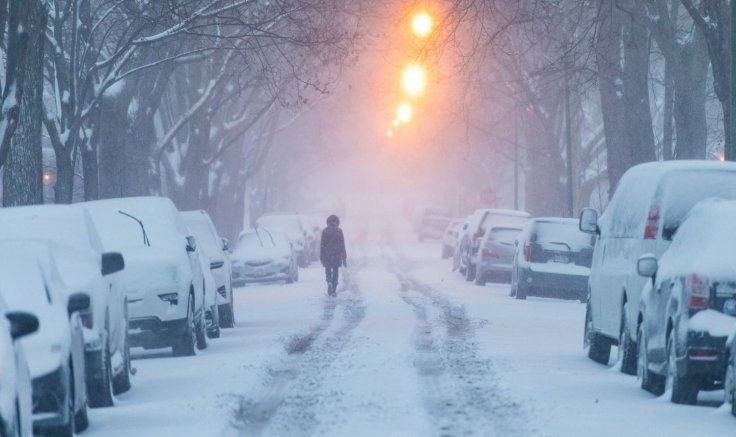The US is experiencing extreme winter, brought in by a bomb cyclone that has claimed 22 lives and left more than 315,000 households and businesses nationwide without power. This is being described as the coldest Christmas for the United States in over 50 years.
New York and Buffalo recorded hurricane-force winds and whiteout conditions. The National Weather Service, in its latest bulletin, said blizzards and an Arctic blast will impact the Midwest to the Northeast. It warned that travel will be extremely dangerous and at times impossible where whiteout conditions occur.

Forecasters said life-threatening cold temperatures and dangerous wind chills will create a potentially life-threatening hazard for travellers who become stranded. The extreme severe weather is causing travel chaos across the US.
What is a Bomb Cyclone?
A bomb cyclone occurs when excess heat from other areas of the planet pushes on the arctic cap, forcing that cold air to be displaced somewhere else. It's a legitimate scientific term for the rapid formation of a storm like a bomb going off.
In other words, it's a large, intense mid-latitude storm that has low pressure at its center, weather fronts and an array of associated weather, from blizzards to severe thunderstorms to heavy precipitation.
The storm becomes a bomb when its central pressure decreases very quickly. The term "bomb cyclone" was coined by meteorologists Fred Sanders and John Gyakum in a 1980 study. This phenomenon is common in the US Eastern Seaboard.
Nationwide Chaos
The extreme weather has created chaos nationwide. At least 345,000 customers, as of Saturday, were without power across the country, with 170,000 in the New England region according to PowerOutages.us. Authorities have been working to restore power.

The once-in-a-generation storm, named Elliott, felled power lines, littered highways with accidents and led to mass flight cancellations. The National Weather Service warned that heavy rain falling onto a melting snowpack will enhance flooding impacts. "Moderate to isolated major coastal flooding is forecast due to strong onshore winds. Rapidly falling temperatures on the backside of the storm could cause flooded areas to freeze."
Four people died in a 46-car pileup on the Ohio Turnpike and injured several on Friday because of the raging winter storm. Authorities said the crash was a result of a white-out conditions that left dozens of vehicles mangled and piled up on the snow interstate.









